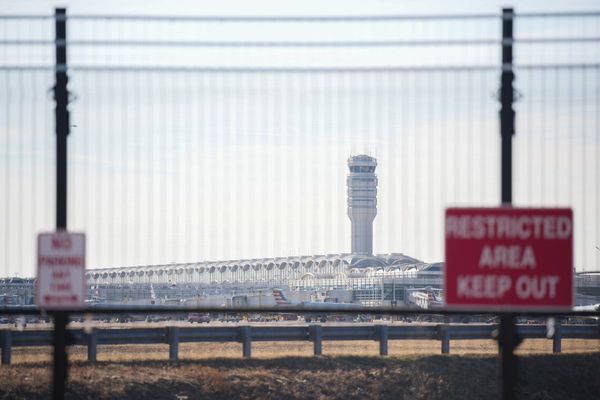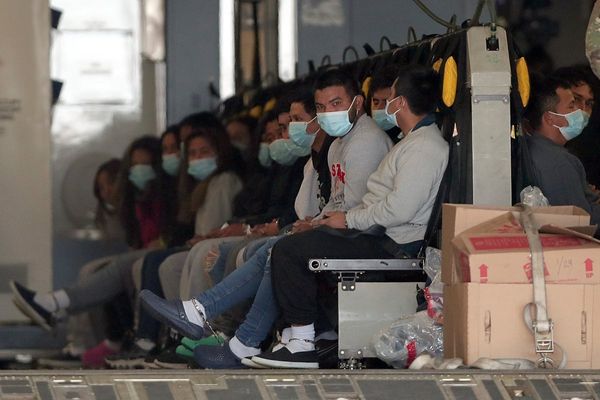U.S. gas prices extended their longest stretch of declines in more two years Thursday, and could be heading back below $4 a gallon by mid-August, as recession fears pull global crude markets lower and consumer demand continues to fade.
The declines also come just days ahead of President Biden's controversial visit to Saudi Arabia, where he is expected to push the Kingdom -- which he called a "pariah state" during his 2019 election campaign -- to use its influence with the OPEC cartel to boost production and offset the impact of sanctions placed on Russian crude exports.
“My views on Khashoggi have been absolutely, positively clear and I have never been quiet about talking about human rights,” Biden said Thursday in reference to the Washington Post journalist Jama Khashoggi, who was murdered by agents of the Saudi Crown Price in 2018. “The reason I’m going to Saudi Arabia is to promote U.S. interests in a way that I think we have an opportunity to reassert our influence in the Middle East.”
Data from the AAA motor club indicated that U.S. gas prices eased around 3 cents from yesterday to a national average of around $4.605 per gallon Wednesday, the lowest since mid-May and some 9.8% south of the all-time high of $5.107 recorded last month.
Patrick de Haan of consumer advocate GasBuddy noted Thursday that national average prices are on pace to dip below $4 a gallon by the middle of August, as the string of daily declines reaches 30, the longest stretch since the 2020 pandemic.
Higher gas prices have not only powered the fastest headline inflation in forty years, but have also eroded consumer demand in the world's biggest economy. Energy department data yesterday indicated implied gas demand is averaging around 8.06 million barrels per day, the lowest summer tally in more than a decade.
WTI crude futures for August delivery, the most tightly-linked commodity to U.S gasoline prices, were marked $5.20 lower on the session at $91.10 per barrel in early Thursday trading, the lowest since February 18, when U.S. gasoline prices averaged around $3.624 per gallon.
Brent crude contracts for September delivery, the global pricing benchmark, fell $4.48 to change hands at $95.05 per barrel. Crude prices, in fact, are now trading below levels last seen prior to Russia's invasion of Ukraine earlier this year.
The pullback comes amid a broader slump in global commodity markets, lead by big declines in global crude, as investors pare bets on near-term demand as recession fears continue to mount.
IMF Managing Director Kristalina Georgieva cautioned in a blogpost Thursday that G20 leaders face "a global economic outlook that has darkened significantly" ahead of a meeting of central bank governors and finance ministers in Bali this week.
"The human tragedy of the war in Ukraine has worsened. So, too, has its economic impact especially through commodity price shocks that are slowing growth and exacerbating a cost-of-living crisis that affects hundreds of millions of people—and especially poor people who cannot afford to feed their families," she added, "And it’s only getting worse."
OPEC, which controls around a third of global output, trimmed its 2023 demand forecast to around 2.7 million barrels, or 2.7%, to around 30.1 million barrels per day. The cartel sees non-OPEC supplies rising by 1.7 million barrels per day.
The impact of President Biden's decision to authorize the release of 180 million barrels from the nation's Strategic Petroleum Reserve in order to bring ease the supply hit from Russia's war on Ukraine is also having its effect.
"The price action in crude oil continues to be dictated by the battle between traders looking for an economic slowdown and the physical market which continues to signal tightness," said Saxo Bank's chief commodity strategist Ole Hansen "Demand, however, has started to show signs of weakness with the EIA reporting a counter-seasonal drop in US gasoline consumption to the lowest on a seasonal basis since 2000."
"The battle between “paper” and physical oil traders will keep volatility elevated but, in our opinion, the market remains too tight to trigger an industrial metal styled correction," he cautioned.







